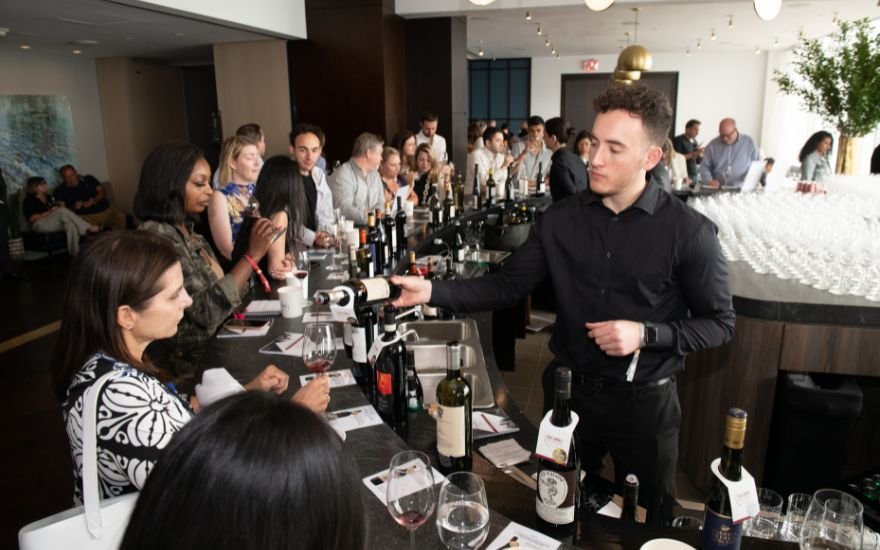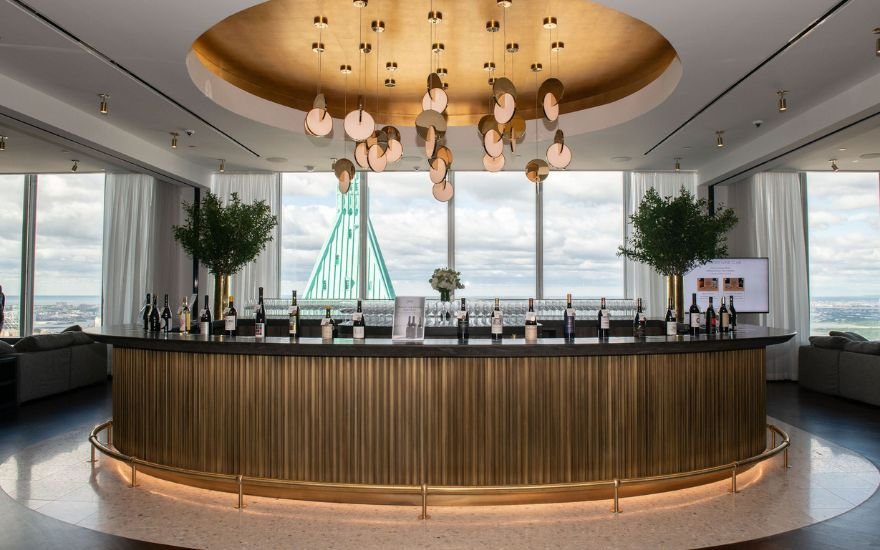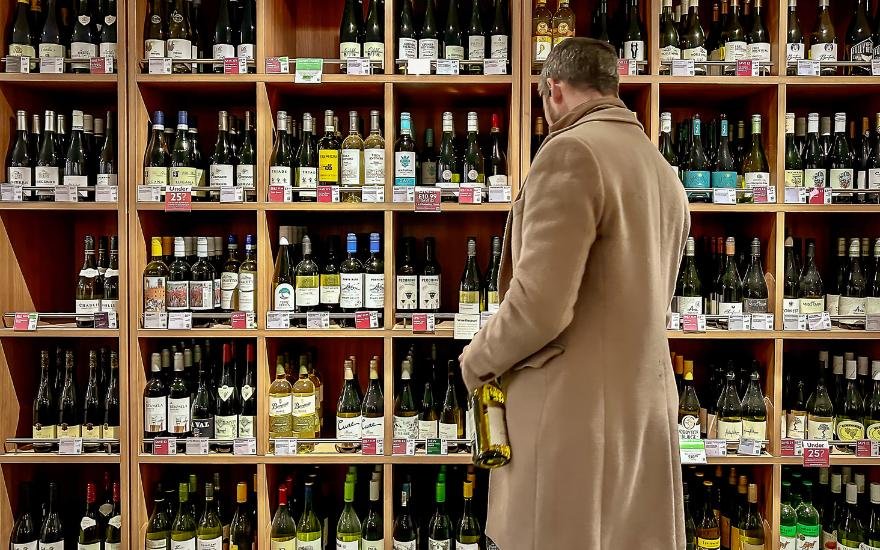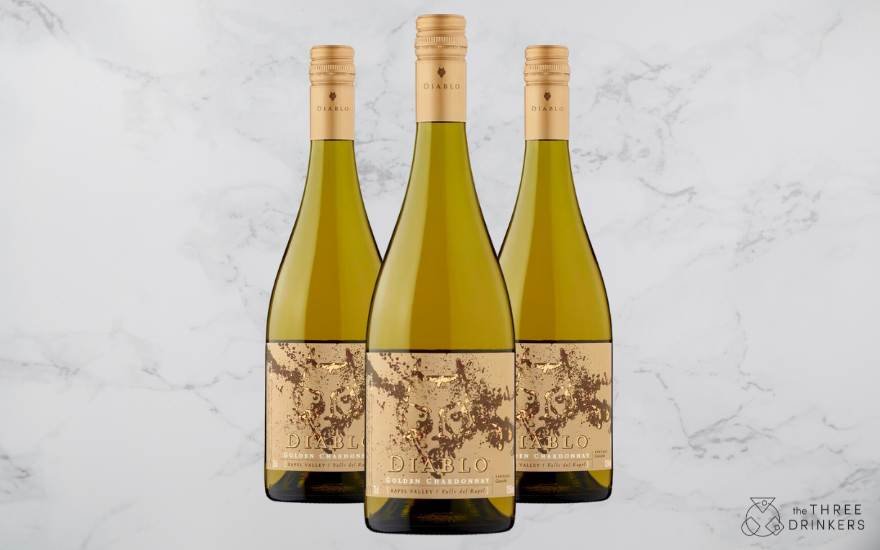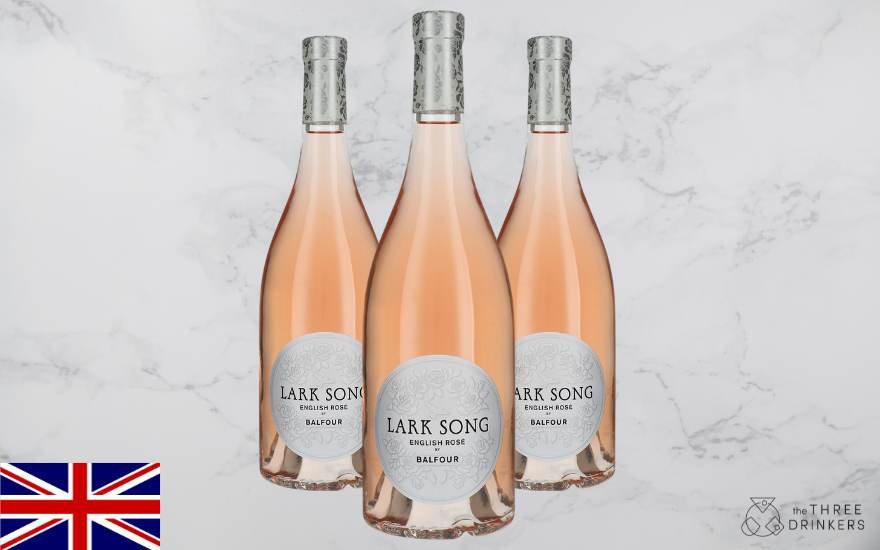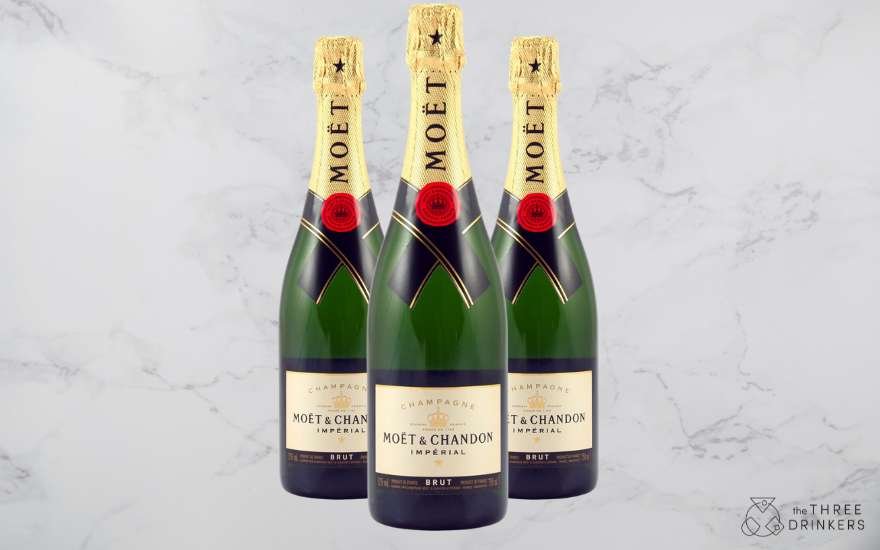Fine Reds
e.g. most above £12 - Pinot Noir/Red Burgundy, Sangiovese such as Chianti Classico and Brunello di Montalcino, Grenache/Garnacha, southern Rhône reds such as Châteauneuf-du-Pape, Shiraz/Syrah and northern Rhône reds such as Côte-Rôtie and Hermitage, Merlot - Right-Bank Bordeaux, Cabernet Sauvignon - Left-Bank Bordeaux, and Nebbiolo - Barolo & Barbaresco.
The Penfolds Max’s Shiraz 2020 from Adelaide Hills, South Australia was released in 2022; retaining black fruit concentration with high acidity and firm tannins at a whopping 14.5% ABV. These elements together provide the in-bottle conditions to help the tannins soften over time, and develop further complexity till 2031. Of course you can open and drink it now, and it is probably more accessible than its Northern Rhône counterparts (Côte-Rôtie & Hermitage). Given Penfolds’ suggested drinking window, this fine Shiraz is still a baby that needs time to calm down.
Fine Whites
e.g. most above £12 - Rhône whites such as Hermitage Blanc, Chablis, Chardonnay, white Burgundy, Gewürztraminer, Chenin Blanc, Semillon, Riesling.
Less famous than Chardonnay or Sauvignon Blanc, and not the most widely grown; Riesling is often hailed as the noble grape by wine professionals, but not consumers who often associate it with German sweet wines with low alcohol. Occasional indecipherable labels in only German do not help either.
Unlike Sauvignon Blanc, Riesling is renowned for its capacity to develop for years, even decades in bottle. As an aromatic grape varietal, Riesling does not need high alcohol to be made into a variety of wines from dry to off-dry, medium and sweet, and from light to full in body
Yet, if you were to taste a fruity and light Riesling from Mosel, Germany, usually between 8-10% ABV, side by side with a bone dry version at 13% ABV from the Clare or Eden Valley in South Australia, they could not be more different. Other fine Rieslings are also produced in Alsace and Austria; such as the Rabl Schenkenbichl Riesling Reserve 2018 (13% ABV) drinking to 2026 at least.
Vintage Champagne or Sparkling Wines
If you look closely at the above Hattingley Blanc de Blancs 2014 from Hampshire England, it clearly states ‘Traditional Method Brut’ Vintage 2014. In exceptional years, a portion of the best grapes are used to create a Vintage Champagne or Sparkling Wine. ‘Brut’ usually denotes dry due to the high acidity and lively dissolved bubbles in the wine.
2014 was an exceptional year for some of the finest parcels of Hampshire Chardonnay that were used in creating this Blanc de Blancs (100% Chardonnay). 13% of the wine was fermented in old oak barrels to add a creamy and toasty texture to the palate. Ageing on lees for over five years added further complexity. It was only disgorged in March 2020 and released in 2021. This costly and laborious winemaking method produces fine sparkling wine in small quantities commanding very high prices.
High quality vintage champagne or sparkling wines should keep for 2-10 years after release, not the vintage year.
Sweet Wines
There are different styles of sweet wines such as the Canadian Icewine and German Eiswein made with frozen grapes. Other famous varieties such as Sauternes and the Hungarian Tokaji Aszú are made from ripe grapes affected by Botrytis (Noble Rot), a fungus that causes the water in the grapes to evaporate, resulting in high concentration of acids, sugars and flavours which are essential to produce premium sweet wines.
This Disznókõ Tokaji Aszú 2017 is made mainly from Furmint, an indigenous Hungarian grape with natural high acidity very susceptible to botrytis. Tokaji Aszú spends a significant time ageing in oak, giving a balance of intense stone fruits (apricots), citrus fruits with vanilla and smoke, and aromas of dried fruit, caramel and nuts. The sweetness and full-body are balanced by high acidity with a long and intense finish. It is a treat with blue cheese, desserts, foie gras or on its own. The 2017 vintage will continue to develop complex flavours for up to 20 years in the bottle.
How should I store my wines?
Wine is a fragile living thing. Temperature fluctuations and strong direct light are combo killers; so a kitchen wine rack is definitely out. They need a consistent temperature, ideally around 13ºC but anywhere between 10-20ºC is acceptable; so avoid proximity to fireplaces or central heating radiators.
Avoid placing your wines, especially sparkling wines near direct natural or artificial light.
With cork closure, it’s best to store the bottles on their side in a cool, dry and dark place. Screwcaps can be placed upright.
How long should I keep my wines?

